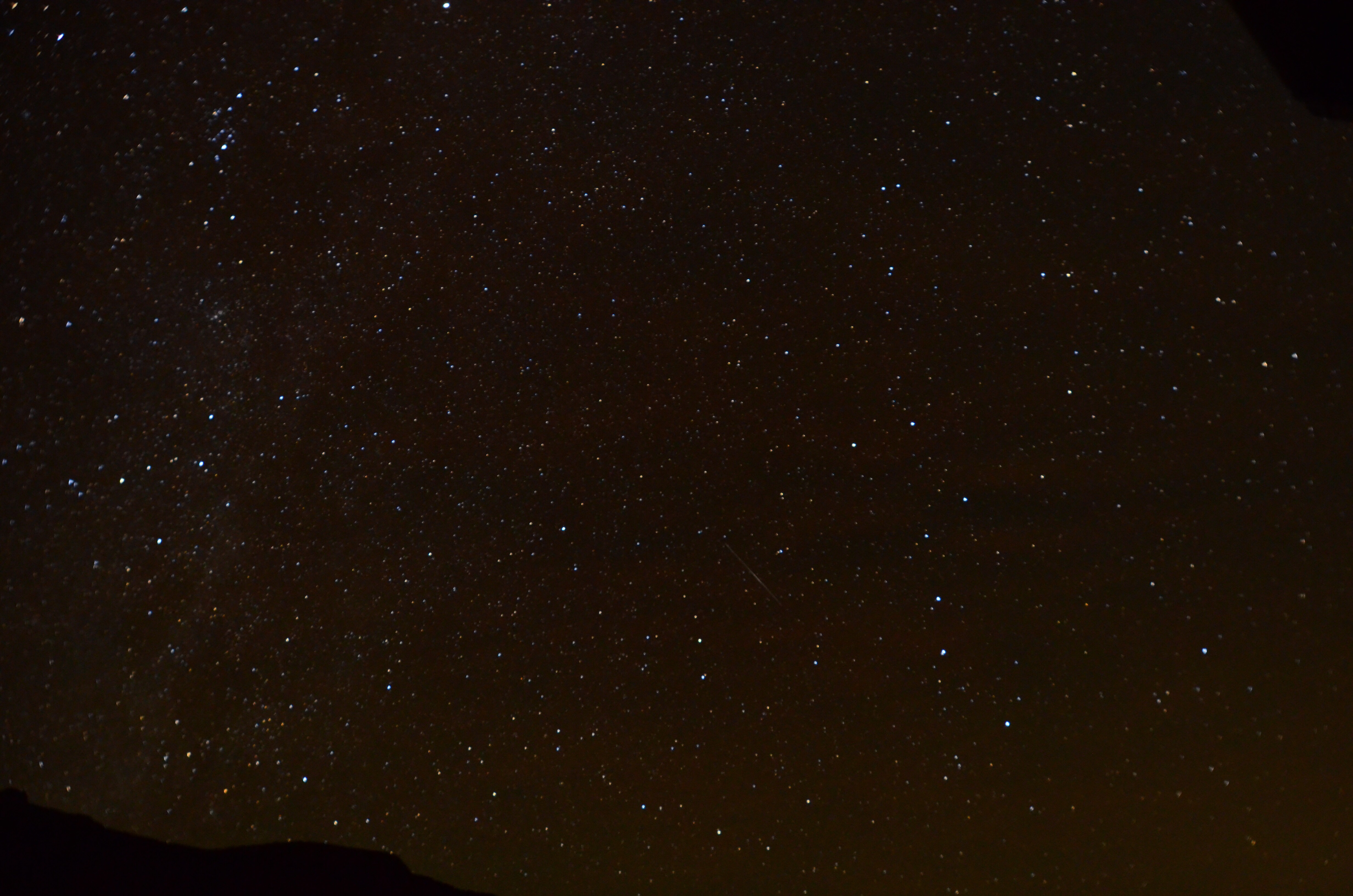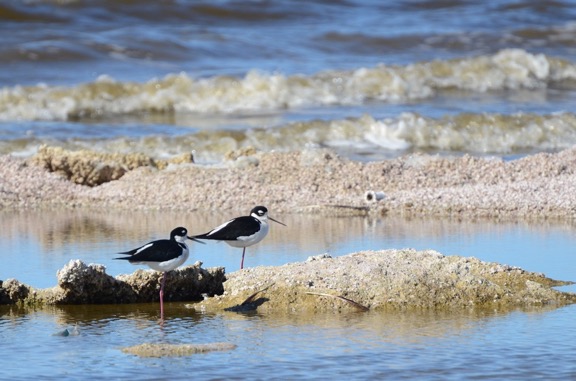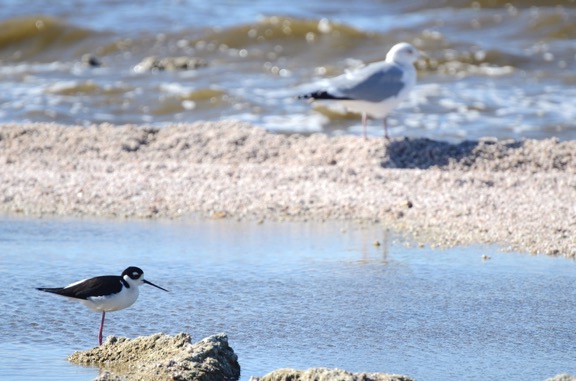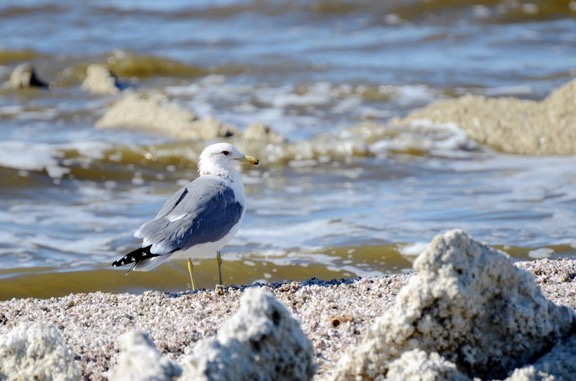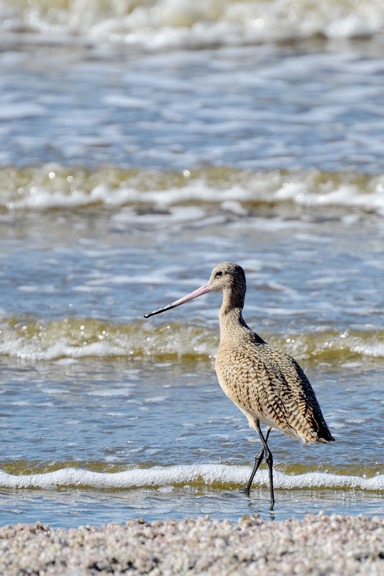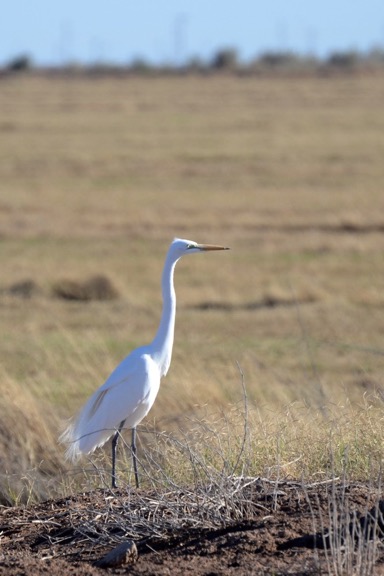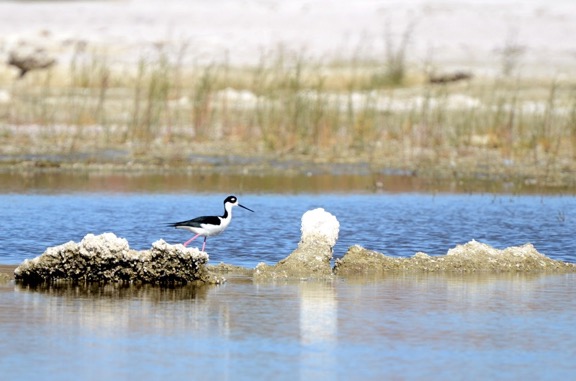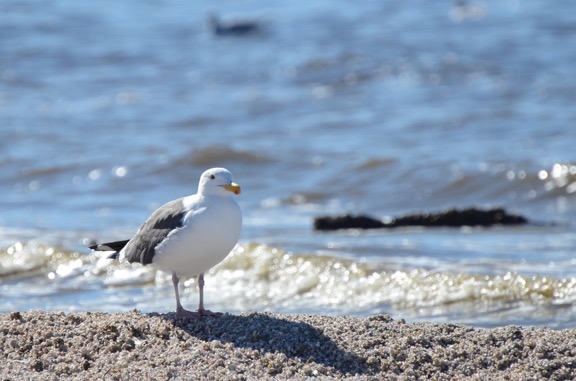The Holtsville Hot Spring in Southern California is a BLM — that’s Bureau of Land Management — managed property just off of I-8 east of Holtville. The property features a maintained hot spring with two soaking tubs and a hot shower, a 14 day free camping area, and a long-term visitor area (LTVA) where camping is available for $40 for two weeks or $180 for the entire season.
I arrived here on Thursday with my friend Janet and we camped out for the night in the free 14 day area. We had a nice soak in the hot tub the following morning and then Janet departed for Yuma and Quartzsite. I stayed behind. I decided that I wanted to spend a few days in the area and I splurged for the $40, 2-week camping permit. I can use the remaining time next week at another LTVA in California or Arizona.
The main benefit to camping in the area north of the freeway is that it is easier to access the hot spring via a hard-packed dirt road that I can take my bicycle on. The sites are spread apart and because there are some trees in the area, there’s a certain level of privacy. The farther away you go from the hot spring and freeway, the quieter it is and the fewer campers are around you. I’m about half a mile away and can’t really hear the freeway at all.
The folks who stay in places like this are serious about off the grid camping. Just about every single rig out here is equipped with at least one solar panel. I have yet to hear a generator running. There are no power, water, or sewer hook ups or even a dumping station. The only luxury convenience is a set of dumpsters so you can get rid of your trash. I noticed more than a few folks filling up gallon sized jugs at the hot spring from a hose that’s provided just for that purpose; I’d like to think that they wash with this water and don’t actually drink it.
Almost all of my fellow campers are retirees and I estimate that at least half of them live on the road full-time. The types of campers range from slide in truck campers like mine to luxury Class A motorhomes pulling cargo trailers or cars. More than a few people have motorcycles or ATVs. People are friendly and often stop to chat while walking or biking by with their dogs.
I sent the Mavic up for picture of my campsite today. Here’s one that gives you a good idea of the area around me.

This photo faces south on an overcast, hazy day. Normally, you’d be able to see mountains in Mexico, which is only 6 or 7 miles away. If you’re wondering why I didn’t back all the way into the campsite, it’s because there are a lot of soft, sandy spots that I could get stuck in. Because I’m only staying here a few days and because I can use my bicycle to ride between my campsite and the hot spring, I didn’t bother taking the camper off the truck. I did, however, lower the legs to steady it so it wouldn’t rock so when I’m inside. The photo makes the place look kind of dreary but I think it’s today’s overcast skies more than anything else. The weather has been in the 70s every day, dropping to the 40s at night. This is the first overcast day I’ve had in over a week, but there’s still enough solar radiation to charge the camper’s batteries.






